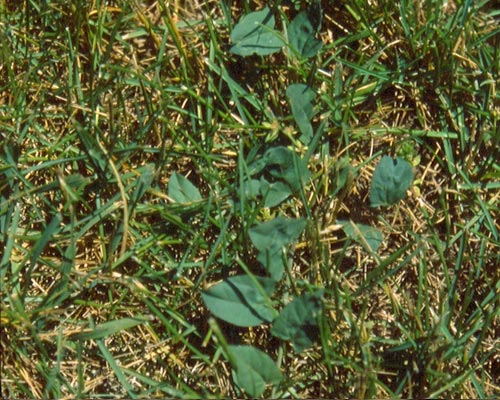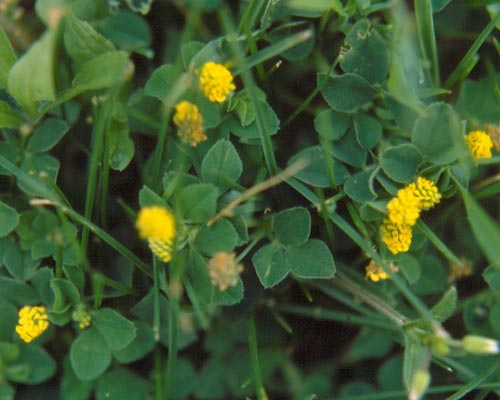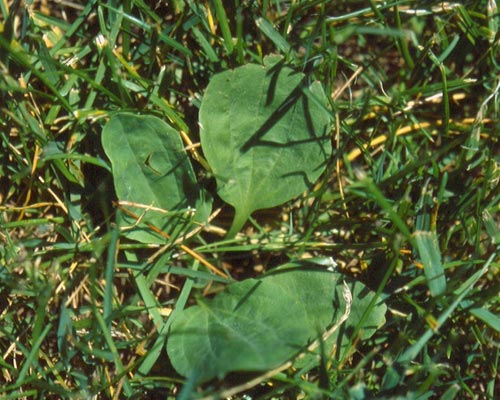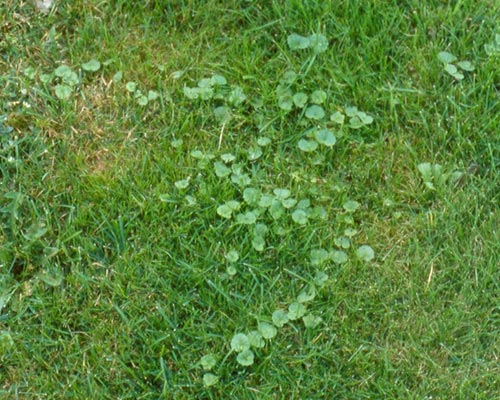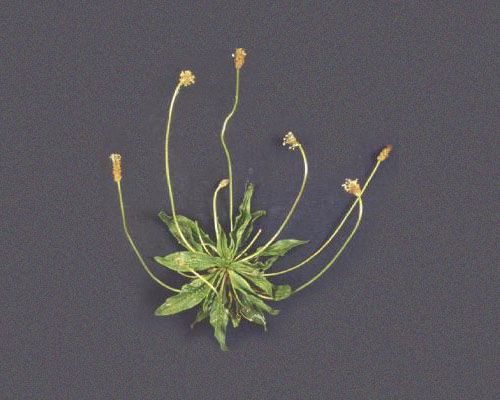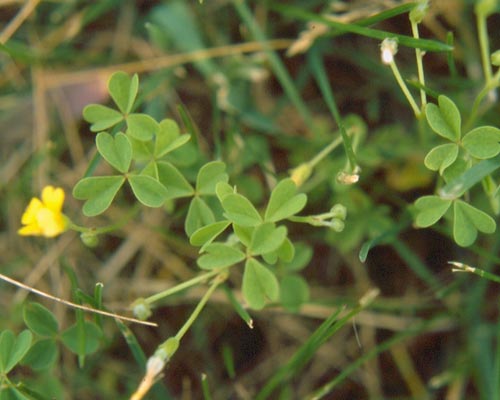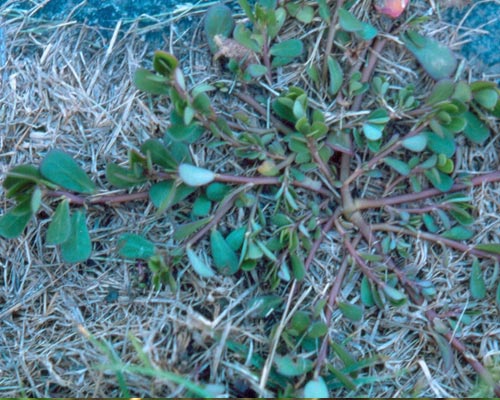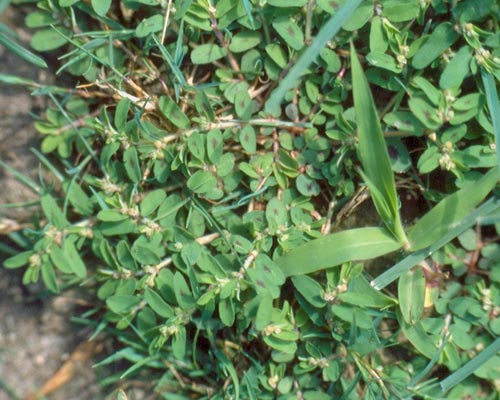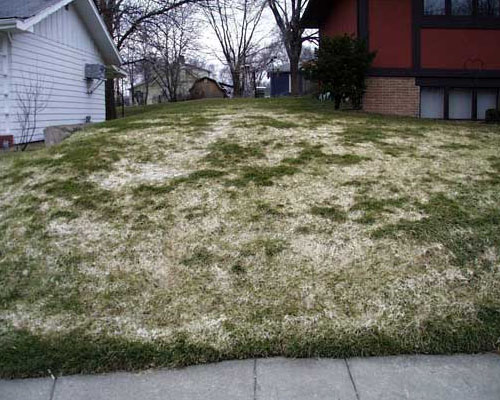what's wrong with my lawn?
Q: Are there effective "natural" pest control products available?
A: There are very few natural or biological control products presently available to control weeds or insects in turf. It is recognized that proper cultural practices which create a healthy soil and turf will significantly reduce weed and insect populations and therefore reduce the need for control measures.
What Is Wrong With My Lawn?
Throughout the season lawn problems can occur. This problem guide is intended to inform homeowners of common lawn problems and their visual description. These descriptions are only a guide and are not intended to replace a proper diagnosis by your lawn care professional. If your lawn has one of the following problems, your Lawns We Do Professional will be happy to assist you in the steps to regaining a healthy lawn.
Problem # 1
Do you have patches of yellowing turf, that comes up like a "carpet". Have animals, i.e. skunks been digging up the lawn?
This usually indicates a white grub insect problem.
Problem # 2
Do you have irregular shaped patches of yellow or dying grass progressing from hedges and fence areas.
This usually indicates a chinch bug insect problem.
Problem # 3
Do you have round circular or irregular shaped patches of yellowing turfgrass with lesions or spots along on the leaf blades?
This usually indicates a leaf spot disease .
Problem # 4
Do you have circles of dead grass with healthy tufts of grass in the centre ?
This usually indicates a disease called necrotic ring spot.
Problem #5
Do you have straw coloured patches of damaged turf that are not recovering this spring?
You may have winter damage or a disease.
Problem # 6
Do you have patches of grass of a different texture that tends to die off during the summer and is starting to take over?
You may have creeping bentgrass.
Problem # 7
Do have round or irregular bleached patches of damaged grass on your lawn? This may be caused by your female dog.
Throughout the season lawn problems can occur. Highlighted below are pictures of common lawn problems. Lawns We Do promotes responsible and environmentally sustainable programs for a lawn and landscape.
Weeds
Please click on the thumbnail to enlarge the image.
Insects
Please click on the thumbnail for more information and to enlarge the image.
Bluegrass Billbug
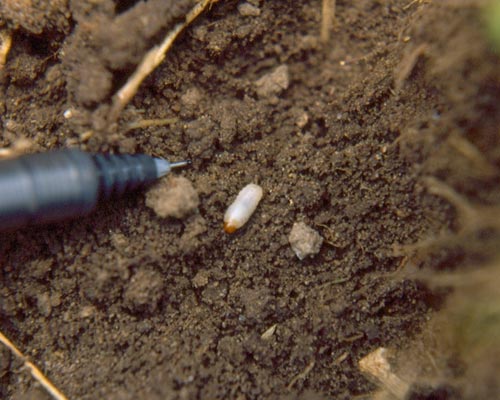

Bluegrass Billbug
Number of yearly generations: 1
Adult: Bluegrass Billbug Weevil
Area of plant attacked: Roots,Crown, Leaves
Damage: Areas of lawn will appear wilted and will not recover when watered. Large areas may turn yellow and die. Damage to roots and crowns are caused by billbug larvae. Damage to leaves are caused by billbug adult.
Control: The best defense against insect damage is a healthy lawn. However if billbugs are present in sufficient number, a control treatment may be necessary. Contact your Lawns We Do Professional for proper diagnosis and treatment of this problem.
Grubs
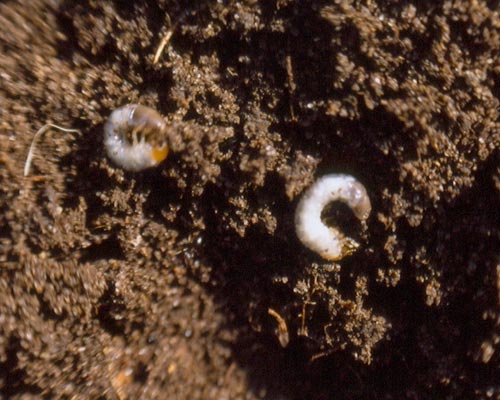

Grubs
European Chafer
Number of yearly generations: 1
Adult: European Chafer Beetle
Area of plant attacked: Roots
Damage: Brown and dead areas of turf which can easily be lifted due to root damage. Animals digging for these larvae can also cause considerable damage.
Control: The best defense against insect damage is a healthy lawn. However if grubs are present in sufficient number, a control treatment may be necessary. Contact your Lawns We Do Professional for proper diagnosis and treatment of this problem.
June Beetle
Number of yearly generations:3 year cycle
Adult: June Beetle
Area of plant attacked: Roots
Damage: Brown and dead areas of turf which can easily be lifted due to root damage. Animals digging for these larvae can also cause considerable damage.
Control: The best defense against insect damage is a healthy lawn. However if grubs are present in sufficient number, a control treatment may be necessary. Contact your Lawns We Do Professional for proper diagnosis and treatment of this problem.
Sod Webworm
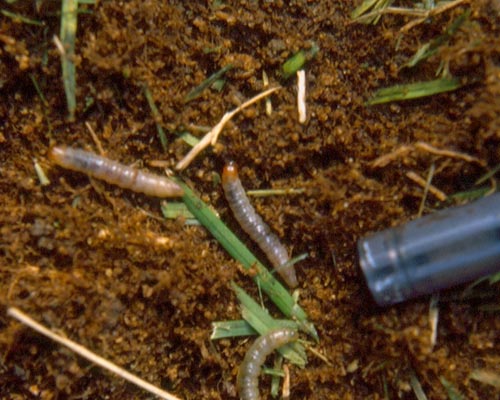

Sod Webworm
Number of yearly generations: 2 or 3
Area of plant attacked: Stems, leaves
Damage: Scattered brown patches of turf which will become larger as infestation increases. Dead grass can easily be pulled away. Green excrement and silk webbing from the larva can be found under these clumps.
Control: The best defense against insect damage is a healthy lawn. However if Sod Webworms are present in sufficient number, a control treatment may be necessary. Contact your Lawns We Do Professional for proper diagnosis and treatment of this problem.
Chinch Bug
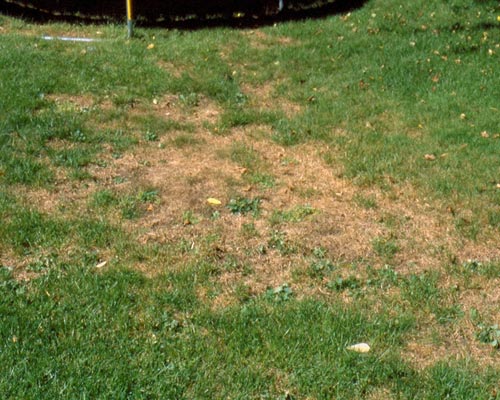

Hairy Chinch Bug
(Damage)
Number of yearly generations: Usually 1
Adult: Chinch Bug
Damage: Brown areas will appear usually in mid to late summer. These areas will first appear along gardens or hedges. Turf wil appear sunken with some green areas remaining. Weeds will usually begin to take over damaged areas.
Control: The best defense against insect damage is a healthy lawn. However if chinch bugs are present in sufficient number, a control treatment may be necessary. Contact your Lawns We Do Professional for proper diagnosis and treatment of this problem.
Leatherjackets
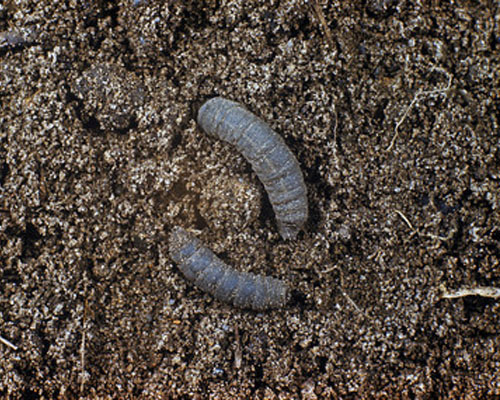

Leatherjackets
Number of yearly generations: 1
Adult: European Crane Fly
Area of plant attacked: Roots, crown, stem, leaves
Damage: Leatherjacket larvae begin to feed in the fall and early winter. Damage will be noticeable in the spring as they reach their maximum length. Brown and dead areas of turf which can easily be lifted due to root damage. On warm spring nights larvae can often be found at the soil surface where they feed on grass blades and stems.
Control: The best defense against insect damage is a healthy lawn. At present there are no registered products for control of Leatherjackets in home lawns. During the evening when the larvae move to the surface to feed, they can be raked up and placed in a bucket of soapy water. Contact your Lawns We Do Professional for proper diagnosis.
Diseases
Please click on the thumbnail for more information and to enlarge the image.
Red Thread
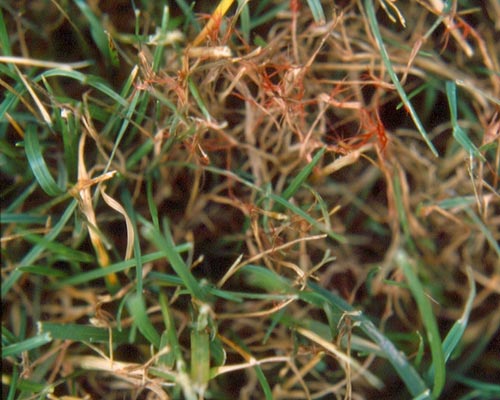

Red Thread
Causes and appearance: Disease in turf is brought on by environmental factors which include temperature,humidity and rainfall. Symptoms will differ with each disease and may include yellowing,stunting,rotting and/or the presence of abnormal growths.Symptoms can be evident in either irregular or distinct patterns. Proper diagnosis is important before deciding on control options.
Control: The best defense against disease damage is a healthy lawn. A control treatment is seldom required on a home lawn. Changes in weather may slow or stop furthur disease development. The use of proper cultural practices ie: mowing,watering, thatch reduction,aeration, ph and adequate fertility, will favour healthy growth of turf and prevent disease. When these conditions have been corrected renovation of damaged areas should include planting turf seed which is resistant to the disease present. Contact your Lawns We Do Professional for proper diagnosis and furthur information on treatment options.

